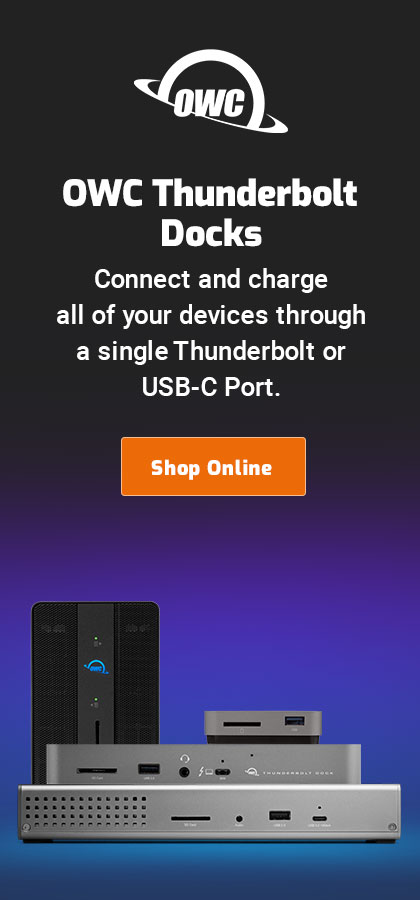
$220 SAVE $130 = 37.0% Western Digital 16.0TB Western Digital Ultrastar DC HC550 3.5-in… in Storage: Hard Drives
|

|

|

|

|

|

|

|

|

|
Why Use RAID-1+0?
Related: fault tolerance, RAID, RAID-1, RAID-10, RAID-5, SoftRAID, storage, Thunderbolt, video, weather events
RAID-1+0 is a fault-tolerant flavor of RAID that can be understand as “RAID-0 striped pair of RAID-1 mirror sets”.
RAID-1+0 enhances the fault tolerance of RAID-5 by allowing a drive to fail in each mirror set.
- Offers very good performance.
- Less efficient use of space (50% for a 4-drive setup).
- Tolerates the failure of all but one drives in each mirror set.
- Can be extended to higher fault tolerance, such as 3 drives in each mirror set.
- Can be restored to fault tolerance quickly by replacing a failed drive.
With four 5TB drives, one can have a 15TB RAID-5, or a 10TB RAID-1+0. For most users, RAID-5 is much more attractive (50% more capacity and speed).
RAID-1+0 requires at least 4 drives: a stripe of two mirror set pairs. In a 4-drive configuration, one drive can fail in each mirror, but failure of both drives in the same mirror kills the RAID. Thus it is significantly more fault tolerant than a RAID-5, but there is no guarantee that a 2nd failure won’t occur in the same mirror set.

RAID 1+0 can be extended to use more drives. With 6 drives, a striped 3-way mirror set can be created; this allows the failure of up to two drives in each mirror set, but capacity is now only 33% of the total drive capacity. With 8 drives, 25%.

Seagate 22TB IronWolf Pro 7200 rpm SATA III 3.5" Internal NAS HDD (CMR)
SAVE $100

 diglloydTools™
diglloydTools™

